
Silicon Carbide: High-Performance Abrasive & Refractory Solutions
Industry Overview of Silicon Carbide
The global silicon carbide market continues its remarkable expansion, projected to reach $7.18 billion by 2026 with a CAGR of 16.1% according to industry analysts. This exceptional growth trajectory stems from silicon carbide's superior properties that meet demanding industrial requirements across multiple sectors. As we transition toward sustainable technologies and high-efficiency systems, silicon carbide emerges as a critical material enabling next-generation applications from electric vehicles to renewable energy infrastructure.
At Lingshou Shunshun Mineral Products Co., Ltd., we've pioneered advanced manufacturing techniques for both black and green silicon carbide grades since 2003. Our production facilities in Hebei Province leverage China's mineral-rich resources to deliver consistently high-purity materials meeting international standards, including FEPA F and JIS specifications.
"The thermal conductivity and breakdown voltage characteristics of silicon carbide make it the substrate material of choice for next-generation power electronics. Semiconductors manufactured using SiC demonstrate 10× higher breakdown voltage and 3× higher thermal conductivity than silicon equivalents." - Materials Science Review
Mobile: +86 031182525190
Types of Silicon Carbide
Industrial classification primarily recognizes two distinct types of this exceptional material:
Green Silicon Carbide
Green silicon carbide presents the purest form with approximately 99.5% SiC content. Its exceptional hardness (9.5 Mohs) makes it invaluable for precision grinding of cemented carbides and low-tensile strength materials. The manufacturing process requires petroleum coke, premium silica sand, and wood chips processed at 2,200-2,400°C in electric resistance furnaces. The green silicon carbide variant exhibits exceptional crystal structures with sharper fracture planes that enhance cutting efficiency while minimizing thermal damage to workpieces.
Sintered Silicon Carbide
Sintered silicon carbide represents the advanced synthetic form manufactured through sophisticated ceramic processing techniques. Densification via pressureless sintering yields materials with near-theoretical density (98-99%) and uniform microstructure. The resulting product exhibits exceptional mechanical properties including flexural strength exceeding 450 MPa and fracture toughness reaching 4.5 MPa·m1/2. Sintered silicon carbide components are increasingly deployed in extreme environments including semiconductor processing, molten metal handling, and aerospace applications.
Manufacturers Direct Emery Blasting Rust Removal
Our premium silicon carbide product for industrial surface treatment is manufactured using quartz sand, petroleum coke (or coal coke), and wood chips as raw materials processed in high-temperature smelting resistance furnaces. The precisely controlled manufacturing conditions ensure consistent grit geometry and hardness properties ideal for applications demanding precision surface preparation.
Key application areas include:
- Surface preparation and descaling in aerospace manufacturing
- Restoration of historical monuments and architectural structures
- Preparation of concrete surfaces for protective coatings
- Cleaning of industrial molds and tooling equipment
Silicon Carbide Technical Specifications
| Property | Green SiC | Black SiC | Sintered SiC | Measurement Standard |
|---|---|---|---|---|
| Chemical Composition (SiC%) | ≥99.5% | ≥98.5% | ≥99.2% | ISO 9286 |
| Mohs Hardness | 9.6 | 9.4 | 9.5 | ASTM E384 |
| Bulk Density (g/cm³) | 1.45 | 1.58 | 3.15 | ISO 18754 |
| Thermal Conductivity (W/m·K) | 41-43 | 38-40 | 110-130 | ISO 22007-4 |
| Thermal Expansion (×10-6/K) | 4.8 | 4.5 | 4.2 | ASTM E831 |
| Flexural Strength (MPa) | N/A | N/A | 450-550 | ISO 14704 |
| Electrical Resistivity (Ω·cm) | 1012 | 105 | 1012 | IEC 62631-3-1 |
Performance Comparison Charts
Industrial Application Scenarios
Silicon carbide materials provide solutions across diverse industrial sectors:
Electronics & Semiconductor
The superior electron mobility (900 cm²/V·s) makes silicon carbide indispensable for high-voltage power devices. Sintered silicon carbide wafer processing equipment components demonstrate superior plasma resistance compared to traditional quartz alternatives. Manufacturers achieve approximately 30% reduction in contamination-related yield losses when implementing SiC ceramic components in critical processing stages.
Abrasive & Surface Preparation
Both green silicon carbide and black SiC serve as premium abrasives for surface treatment. Our specialized emery blasting media delivers 25% faster descaling rates compared to conventional aluminum oxide abrasives while reducing media consumption rates by 18-22% in typical industrial applications.
Advanced Ceramics
Components manufactured from sintered silicon carbide endure extreme operating conditions including:
- High-temperature gas environments exceeding 1,400°C
- Thermal cycling conditions with ΔT >800°C
- Severe abrasive/erosive environments
- High-corrosion chemical processing
Production Gallery
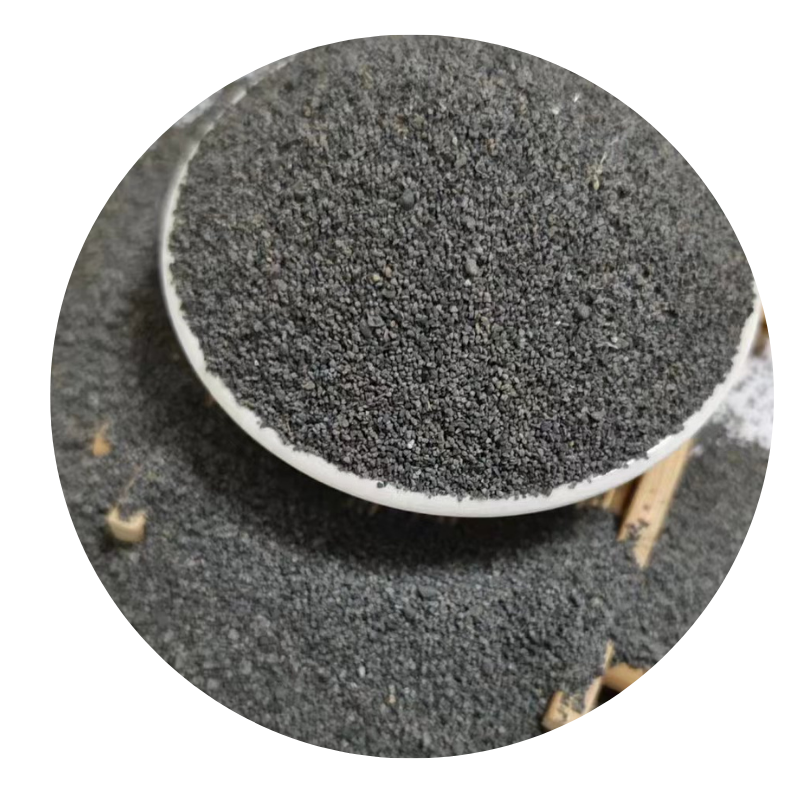
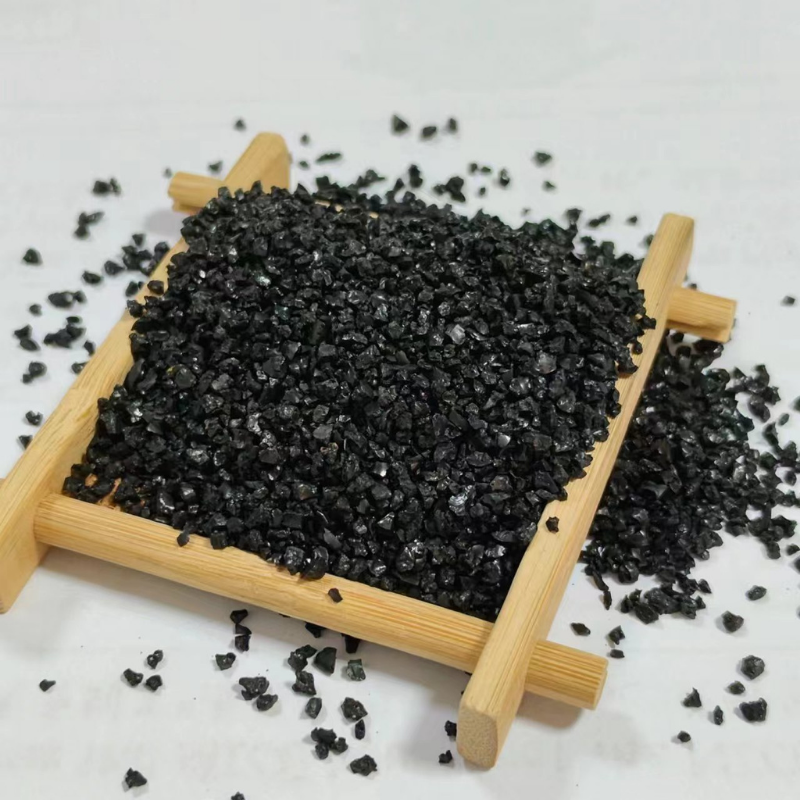
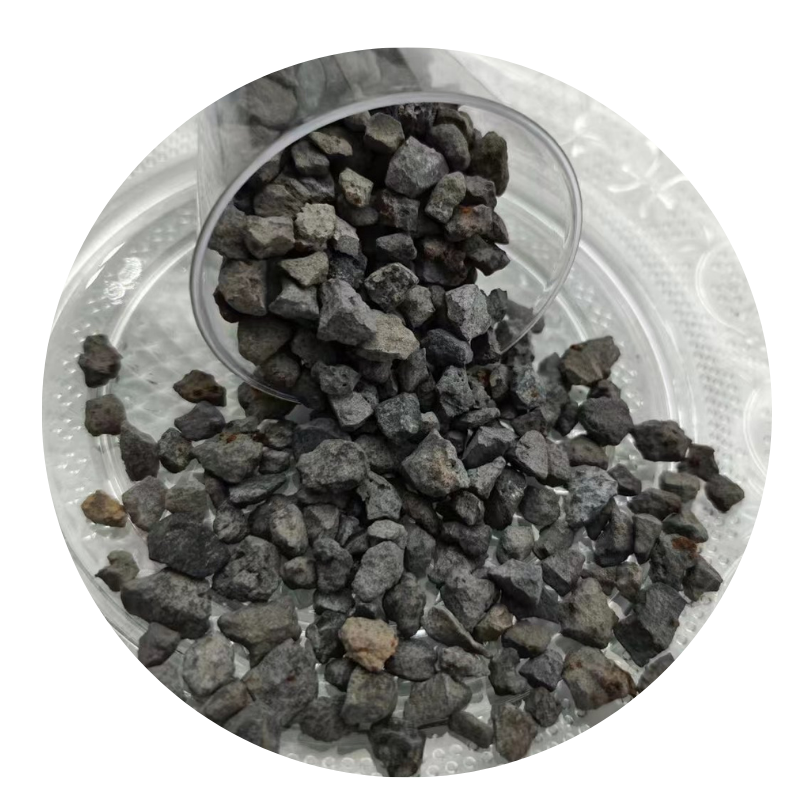
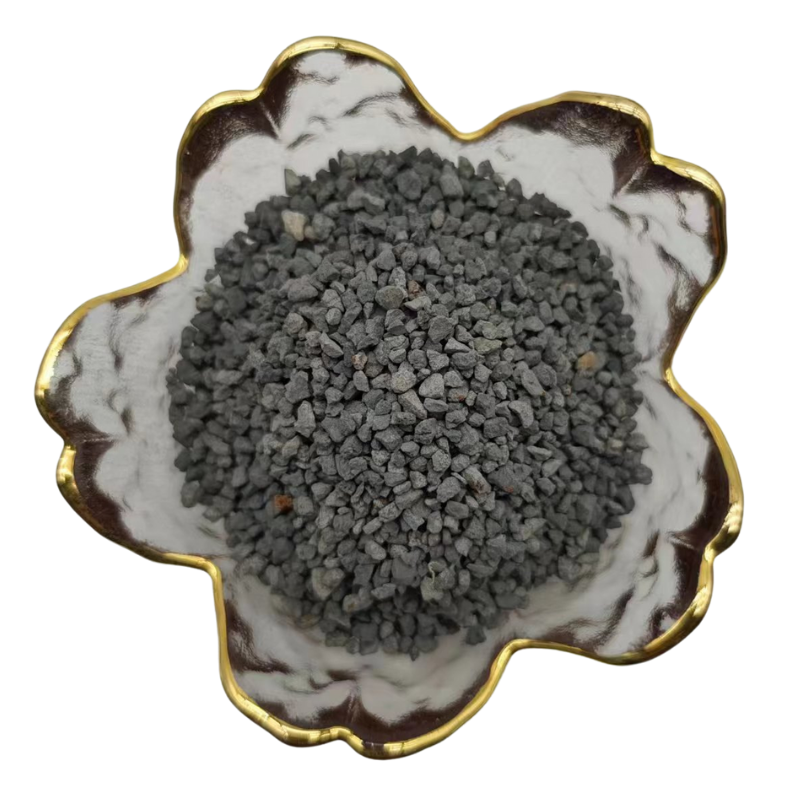
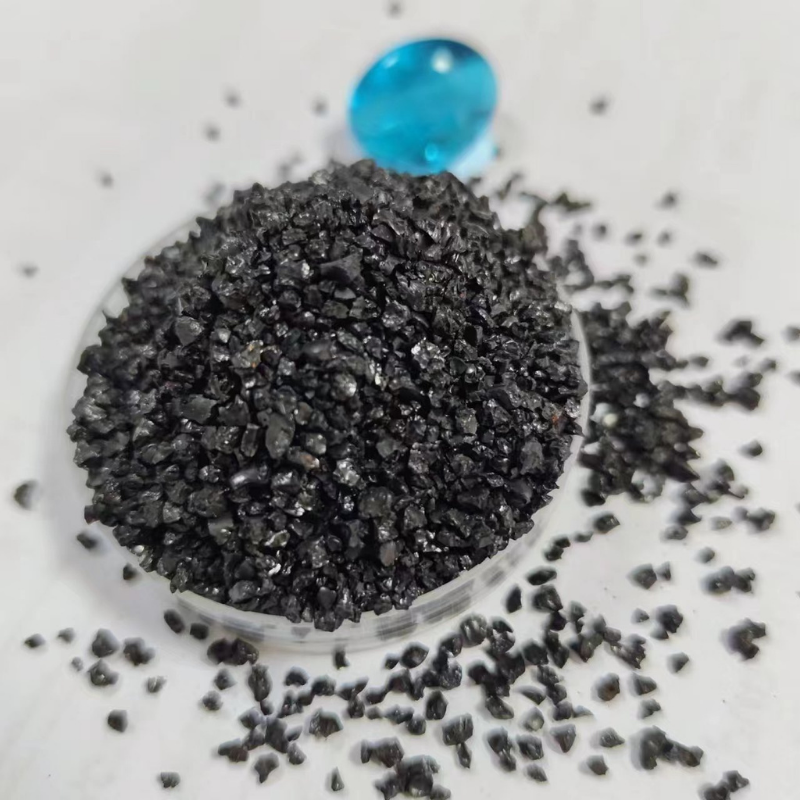
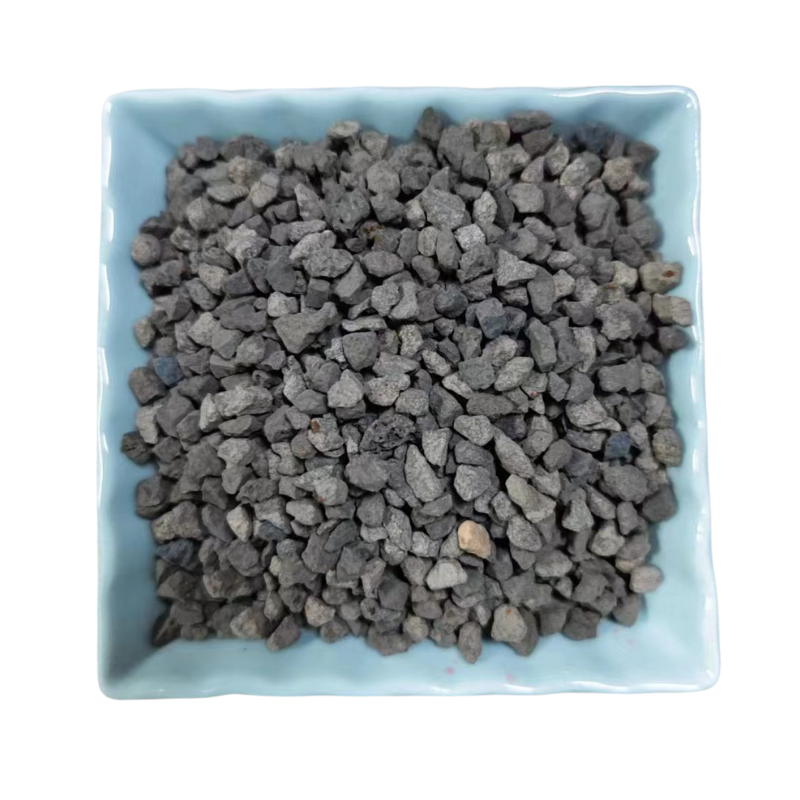
Technical Questions & Answers
Green silicon carbide (∼99.5% SiC) features higher purity and slightly greater hardness (9.6 vs 9.4 Mohs) due to lower impurity content. It contains less than 0.05% free silicon/carbon versus 0.5-1.2% in black SiC. Crystal structure variations yield different fracture characteristics: green SiC forms sharper fracture planes while black SiC exhibits more conchoidal fracturing. Green SiC provides superior performance on cemented carbides and low-tensile materials, whereas black SiC is preferred for glass, stone, and non-metallic surfaces.
Grit sizes are standardized under:
- FEPA F Standard: European Federation of Abrasive Producers (EN 13799)
- JIS R6001: Japanese Industrial Standard
- ANSI B74.12: American National Standard Institute
These standards classify abrasives according to nominal grit sizes (F4-F1200) and define particle distribution limits. Precision sizing is critical for consistent surface finish quality.
Under inert atmospheres, sintered silicon carbide maintains structural integrity to 1,650°C. In oxidizing environments, the practical service limit is 1,550°C due to passive oxidation effects. Continuous exposure above this temperature initiates active oxidation where SiC reacts with oxygen to form gaseous SiO. Protective CVD coatings like silicon carbide can extend upper temperature limits by 50-100°C in aggressive environments.
Compared to alumina, silicon carbide demonstrates 2× higher thermal conductivity, 50% greater flexural strength, and superior thermal shock resistance despite similar density levels. Against zirconia, SiC shows 3× better chemical resistance in acidic environments and maintains mechanical properties at higher temperatures. The thermal conductivity advantage over aluminum nitride makes SiC preferable for high-power thermal management applications.
Mandatory safety measures include:
- NIOSH-approved respiratory protection for particulate matter
- ANSI Z87.1-compliant eye protection with side shields
- Industrial ventilation maintaining 25-100 fpm capture velocity
- Regular atmospheric monitoring for respirable crystalline silica (though SiC itself contains
- Engineering controls limiting airborne concentrations below 10mg/m³ TWA
Abrasive selection depends on:
- Material hardness: Diamond (10 Mohs) vs SiC (9.5 Mohs)
- Workpiece thermal sensitivity: SiC generates lower cutting temperatures
- Chemical reactivity: Diamond is carbon-reactive with ferrous materials
- Cost efficiency: SiC offers 20-30% cost savings for non-superhard materials
- Surface finish requirements: Diamond produces finer finishes but SiC offers better cutting efficiency on non-metallics
Advanced recycling techniques include:
- Thermal processing: Calcination at 700-800°C to remove organic contaminants
- Hydrocyclone separation: Particle size classification for reuse
- Magnetic separation: Removal of ferrous contaminants
- Acid washing: Dissolution of metallic impurities
Modern facilities recover 60-80% of SiC abrasives through advanced recovery processes, significantly reducing waste disposal.
Future Development Outlook
Innovations in silicon carbide technology focus on three key directions:
Nano-structured SiC materials are demonstrating remarkable enhancements in fracture toughness when properly engineered. Research published in Journal of the European Ceramic Society documents fracture toughness improvements exceeding 8 MPa·m1/2 through controlled microstructural design approaches.
Additive manufacturing of complex sintered silicon carbide components continues advancing rapidly. Binder jetting technologies now achieve densities approaching 97% of theoretical with flexural strength values >400 MPa after pressure-assisted sintering cycles. This eliminates traditional machining constraints for complex geometries.
The semiconductor industry's shift toward 200mm silicon carbide wafers promises significant cost reductions in power electronics manufacturing. Industry forecasts project 200mm SiC substrates will capture 35% market share by 2028, reducing device costs by 15-20% through manufacturing efficiencies.
Industry References & Research Sources
- Chen, H., et al. (2023). "Thermal Stability of Silicon Carbide in Extreme Environments". Journal of Applied Ceramic Technology. https://doi.org/10.1111/jace.19217
- European Abrasives Trade Association. (2022). "Global Market Analysis Report: Technical Abrasives 2022-2030". https://eata-abrasives.org/market-analysis/
- Tanaka, Y., & Yamamoto, T. (2021). "Advanced Applications of Silicon Carbide in Electronics". IEEE Transactions on Semiconductor Manufacturing, 34(2), 156-167. https://doi.org/10.1109/TSM.2021.3059147
- Materials Research Society. (2022). "Properties Comparison of Technical Ceramics: Technical Monograph Series". https://www.mrs.org/resources/properties-comparison
- International Organization for Standardization. (2019). "ISO 9286: Abrasive grains and crude - Chemical analysis of silicon carbide". International Standards Documentation.
- Silicon Carbide Industry Association. (2023). "Safety Guidelines for Handling and Processing Silicon Carbide Materials". https://sica-industry.org/safety-standards
Share
-
Silicon Carbide: High-Performance Abrasive & Refractory SolutionsNewsJul.21,2025
-
Export-Quality Calcined Dolomite Powder | High Purity Per Ton PriceNewsJul.20,2025
-
Premium Perlite for Cactus Custom & OEM Perlite Manufacturer SolutionsNewsJul.08,2025
-
High Quality Granular Bentonite Clay Supplier - OEM Sodium Bentonite Manufacturer in ChinaNewsJul.08,2025
-
High-Quality Mica Powder for Epoxy Resin Custom & OEM Manufacturer Factory SupplyNewsJul.08,2025
-
Custom Ceramic Particle Manufacturer & Factory High-Quality Ceramic Particle SolutionsNewsJul.07,2025






